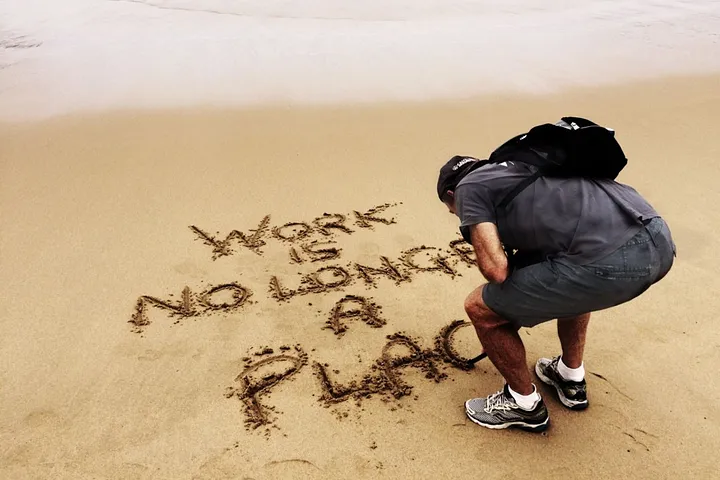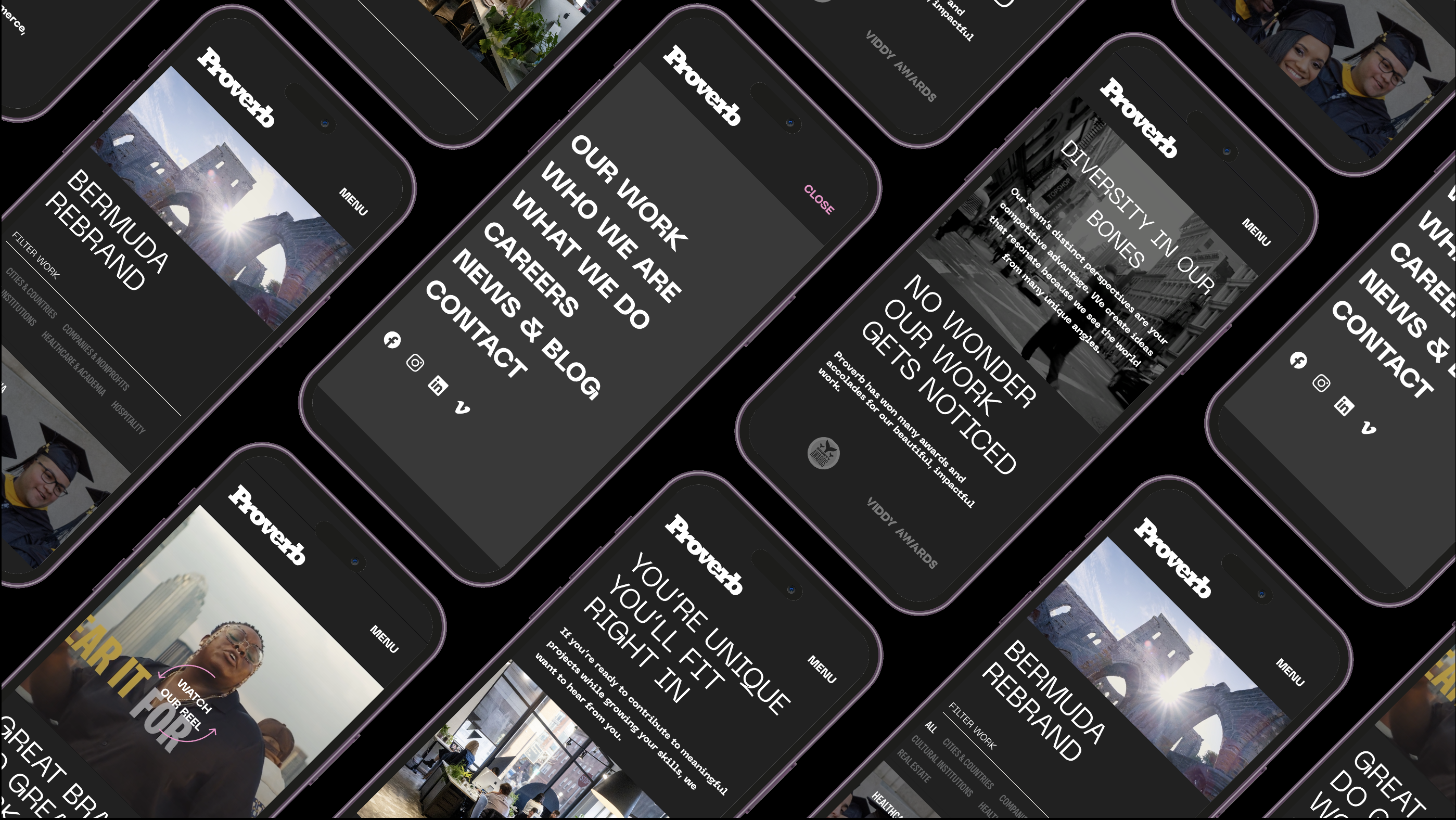Written by Caroline Beaulieu
the latest // BLOG
//
Pivot! Pivot!
For anyone over the age of 30, you remember it: the first time you experienced cool office space. You ogled at the open floor plan, gleaming glass, kegs in the kitchen, people wearing skinny jeans and horn-rimmed glasses. At work.
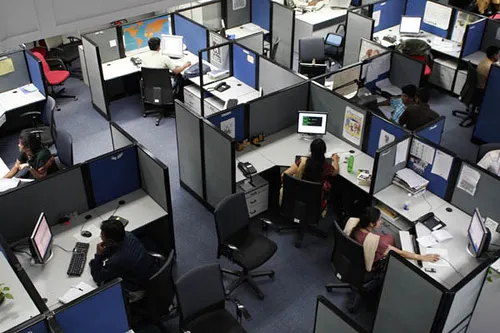
I, for one, had spent the summers of my youth in the basement of my father’s family law practice, filing away copies of briefs and depositions amongst the dark mahogany paneling and thick navy shag carpeting, the smell of yellow legal pads and crappy coffee lingering amongst the thick spined legal reference texts. All my office experience memories share common themes: flickering fluorescent lights, carpet, cubes, filing cabinets… masculinity. Until the summer of 2004. I went to an advertising agency in Manhattan. There were scooters, cement floors, executives mingling with the common people.
My mind was blown.
The idea of open office space isn’t new, in fact, by the 1940s players in the innovation economy were pioneering a shift towards more open planning; however “open” didn’t necessarily mean collaborative. Individual offices were expensive to build, while open spaces filled with more modular concepts (re: cubicle farms) were incredibly cost-effective and created a subtle class system within the office. (There’s a reason we all lust after the corner office, not the corner cubicle.) But the concept of leveraging office space to encourage collaboration and creative thinking began to percolate in the 70s, got momentum in the 80s and 90s, and blew up in the early 2000s.
Silicon Valley darlings, eager to lure top talent, began to invest big in office spaces that read more like luxury hotels: yoga and meditation spaces, valet parking, napping spaces, spas. The strategy wasn’t without its ROI: not only did these spaces feel different — innovative — they did something no office space had done before: kept people willingly inside. The theory was simple: create spaces where people could do their most creative and critical thinking, but also do it for longer. People get tired? Give them nap pods. People get hungry? Feed them. People need to go home to tend to their pets? On-site pet care.

The Office Wars of the early 2000s inspired a tidal shift in the way we approached designing office space. Almost overnight, industries realized the connection between space and brand. Where they worked was bigger than a container for people and ideas; it was a badge. It was a recruitment strategy. It dictated workflow and productivity.
Over the course of two decades, companies across (and outside) of the innovation ecosystem clamored to catch up. Banks became cafe concepts, law firms knocked down mahogany and replaced it with steel, glass, and automatic merlot dispensers, and small-town businesses were renting loft space and going nuts on IKEA lighting and white paint.
But technology was keeping pace. And despite the allure of an office space with a candy bar wall, the data was inconclusive. Yes, open concepts encourage open communication, but they also created a culture of interruptions and a sense that absolutely nothing can wait. A proverbial fly in the ointment. The Results Only Work Environment (ROWE) human resource strategy had gotten the attention of some big companies, showing that paying for results, rather than time, could provide employees with better balance with less micromanagement. In fact, they didn’t technically need to be in the office at all…
So what? Cue the global pandemic. Millions of dollars worth of shiny, keg and artisan coffee stocked office spaces in some of the most expensive real estate cities in the world are… empty. And despite the initial panic, something miraculous happened: people got shit done. From their bedrooms, patios, basements, and bathrooms. Work continued. In May 2020, Square and Twitter made bold announcements: employees could go ahead and stay home… forever. Then a Gartner survey showed that nearly 75% of CFOs planned to shift some percentage of their workforce virtual permanently.
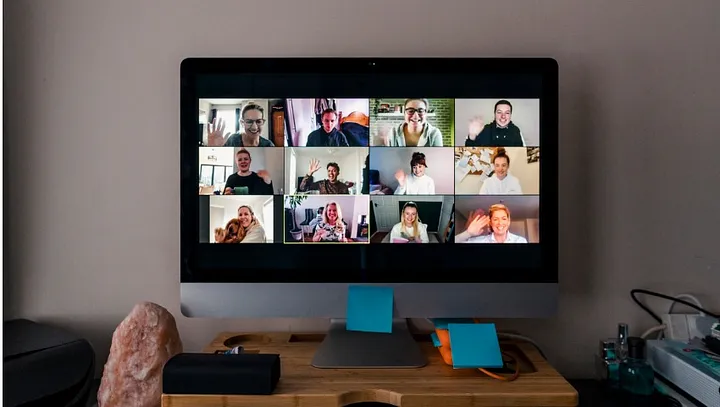
The very companies who arguably created our present office culture have abandoned it. In some cases, literally overnight. Why?
The better question is likely why not? If office space is a badge or recruitment strategy, the move makes perfect sense. Clearly, hip offices full of ping pong and free Clif bars are soooo pre-2020. And maybe we should ask ourselves how long it will take others to catch up. As CPAs finally get used to their see-thru conference rooms and on-site baristas, who will have the nerve to tell them we actually don’t need conference rooms at all anymore?
If you can wake up in Yellowstone, go for a hike, and then head back to your wifi-enabled Sprinter van for a morning meeting, code under the redwoods, or do some data entry under a blanket of stars, why wouldn’t you? The exodus from cities like San Francisco sends a pretty clear message: even the most amazing office space doesn’t make up for being cooped up in a $4,000 a month studio. The open road is calling.
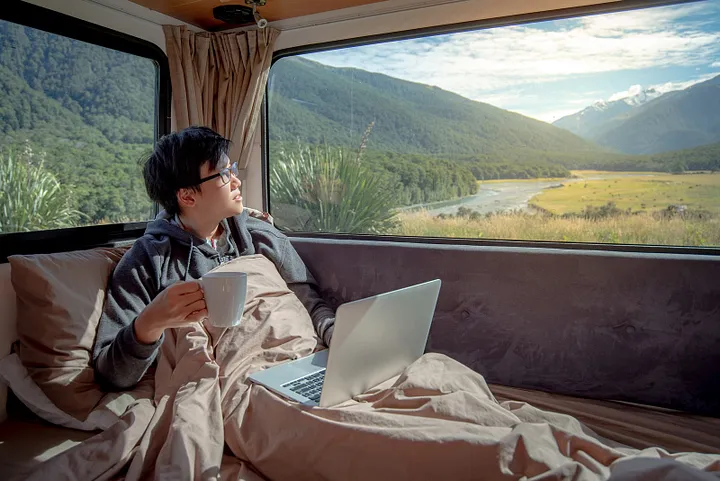
And while fully virtual work environments could be a boon for large companies and employees alike, not everyone is ready to work permanently in their pajamas. Early questions about company culture, the future and role of office space, and relationship building show that while we may be eager for a little more independence in our work, not everyone is prepared to forgo that 3 o’clock pour over with Kevin the Developer forever.
Are office spaces dead? Nah. Rigidity is dead. Space will always be about flexibility and meeting the constantly shifting needs of human beings. We imagine a world where space becomes less about containment and more about relationships. We may not need to go into the office every day anymore, but that doesn’t mean we won’t want to. Innovation demands that we think ahead and never be afraid to learn from what has worked and walk away from what hasn’t.
So the real question is this: will you wait and follow or decide for yourself how to make meaningful spaces in a post-pandemic world?
